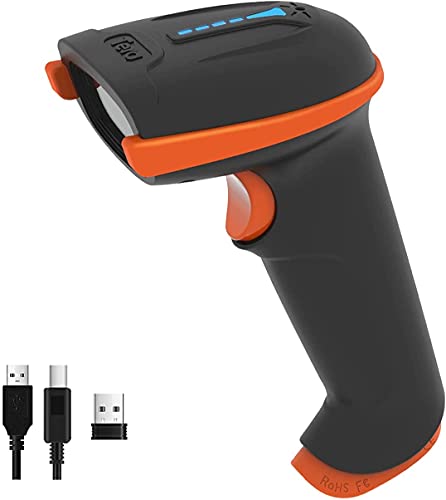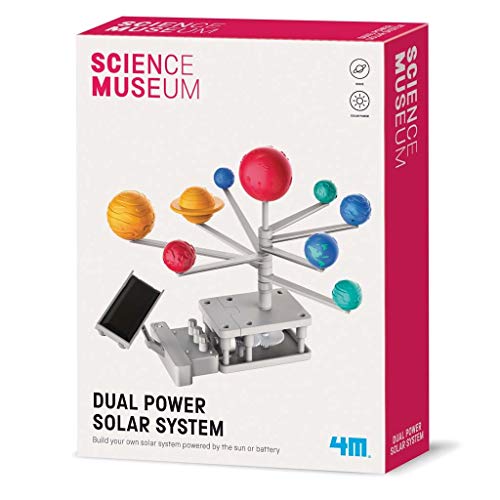Understanding 2D Barcode Scanners: What They Are and How They Work
What is a 2D Barcode Scanner?
A 2D barcode scanner is a device that reads barcodes, which are graphical representations of data. Unlike traditional barcodes that are typically one-dimensional and can only hold limited information, 2D barcodes like QR codes can store a larger amount of data. This means they can link to websites, hold contact information, or even store product details. When we scan a 2D barcode, the scanner captures an image of the barcode and decodes it using its internal software.
How Do 2D Barcode Scanners Work?
The operation of a 2D barcode scanner is based on light technology. When you point the scanner at a barcode, it emits a beam of light which then reflects off the barcode’s varying black and white patterns. The scanner’s sensor captures the reflected light and translates it into digital data for processing. This process happens nearly instantaneously, allowing for rapid scanning in various environments, whether at a checkout counter or a warehouse.
Key Features to Consider When Choosing a 2D Barcode Scanner
Scanning Speed and Accuracy
One of the primary features we need to consider is how quickly and accurately the scanner can read a barcode. If you’re in a high-volume retail environment, you’ll want a model that can scan barcodes in less than a second with high accuracy. A device that occasionally misreads or fails to scan will slow down operations and frustrate both staff and customers.
Connectivity Options
Next, we should think about how the scanner connects to other devices. Some models offer USB connections which are straightforward and efficient for desktop setups, while others provide Bluetooth or Wi-Fi connectivity. If we plan to use the scanner on mobile devices or in dynamic environments, wireless options can offer significant convenience.
Durability and Design
Since 2D barcode scanners may often be used in busy settings, the durability of the scanner is crucial. Look for models that have been designed to withstand drops and exposure to dust or moisture. If we are working in a warehouse or an outdoor setting, robust designs will ensure longevity and reduce maintenance costs.
Battery Life and Charging Options
For portable scanners, battery life is a vital aspect to consider. We need a scanner that can last through our busiest hours without needing frequent recharges. Some models come with rechargeable batteries while others use standard batteries; consider which would provide us with more convenience and cost-effectiveness.
Top Use Cases for 2D Barcode Scanners in Everyday Life
Retail Environments
A common use for 2D barcode scanners is in retail stores. When customers purchase products, cashier staff use scanners to quickly and accurately process transactions. The speed of a 2D scanner makes the checkout process efficient, allowing shops to serve more customers in less time.
Inventory Management
In warehouses or businesses with significant inventory, 2D barcode scanners streamline inventory management. They allow workers to quickly scan items as they enter or leave the inventory, keeping accurate records and minimizing the chance of human error. This is particularly useful during stock takes or when adding new items.
Event Management
Event organisers frequently use 2D barcode scanners for ticketing. Attendees can have their tickets stored digitally or printed with a 2D barcode. Scanning these tickets upon entry helps streamline the check-in process, reducing wait times and improving the attendee experience.
Comparing Different Models: Which 2D Barcode Scanner is Right for You?
Assessing Your Needs
To find the right 2D barcode scanner, we must first assess our specific needs. Are we using it primarily in a retail setting, a warehouse, or perhaps for event management? Each environment demands different features and strengths, so understanding our use case will guide us in selecting the best model.
Key Specifications to Compare
Once we have a clear understanding of our needs, we can compare models based on specifications such as scanning speed, connectivity options, and durability. A direct comparison helps us identify which model offers the features that align with our requirements without overpaying for unnecessary extras.
Tips for Maintaining Your 2D Barcode Scanner for Longevity
Regular Cleaning
To ensure our scanner functions effectively over time, regular cleaning is essential. Dirt and residue can accumulate on the scanner lens, affecting its ability to read barcodes. A simple cleaning regimen using a microfiber cloth can help maintain clarity and performance.
Proper Storage
When a 2D barcode scanner isn’t in use, proper storage can prolong its lifespan. We should store the device in a cool, dry place, ideally in a protective case if possible, to prevent accidental drops or exposure to damaging elements.
Software Updates
Finally, keeping the scanner’s software up to date ensures that we benefit from the latest enhancements and security updates. Checking manufacturer websites or contacting support for updates can help keep the scanner operating at peak performance.

























